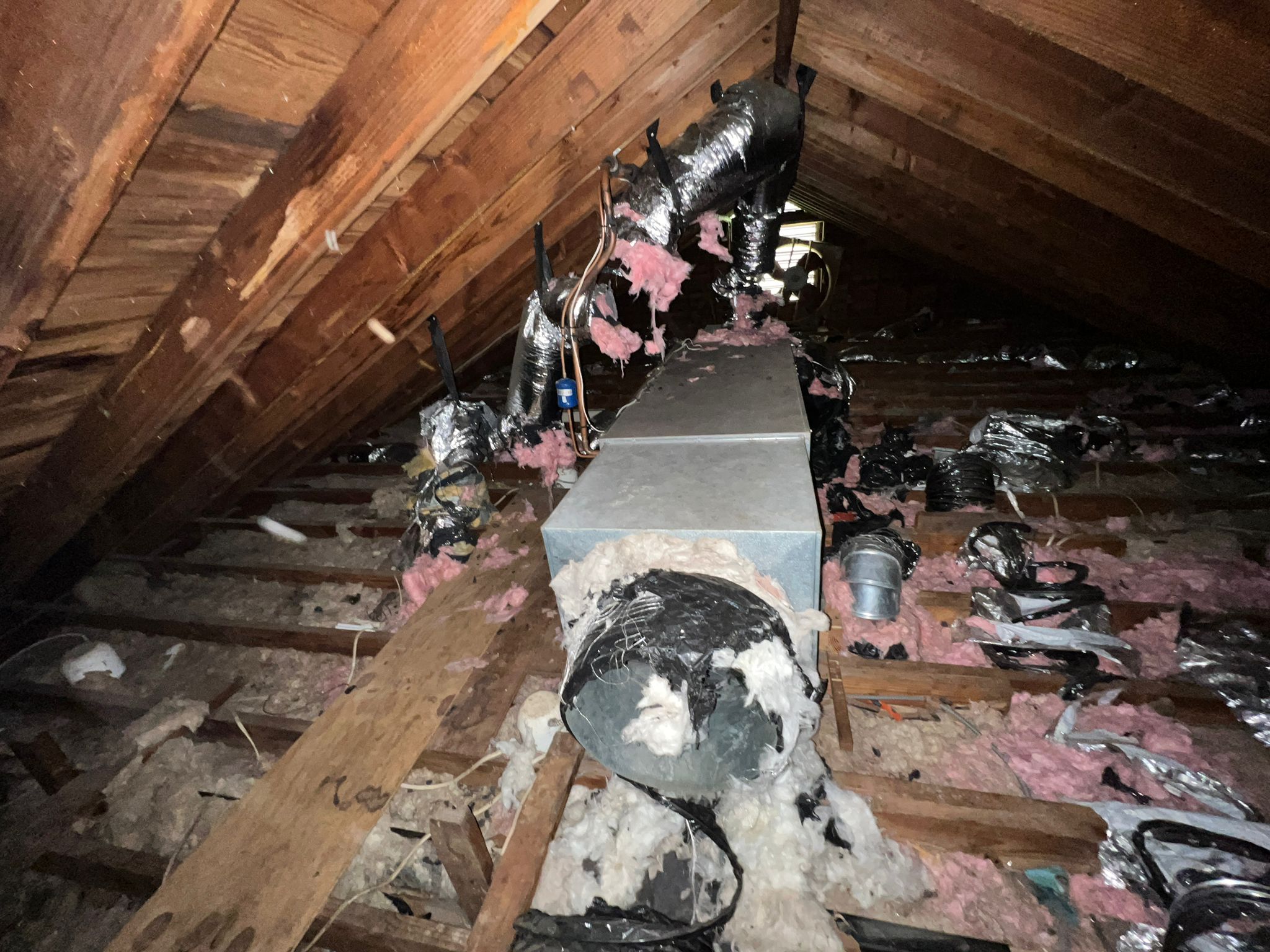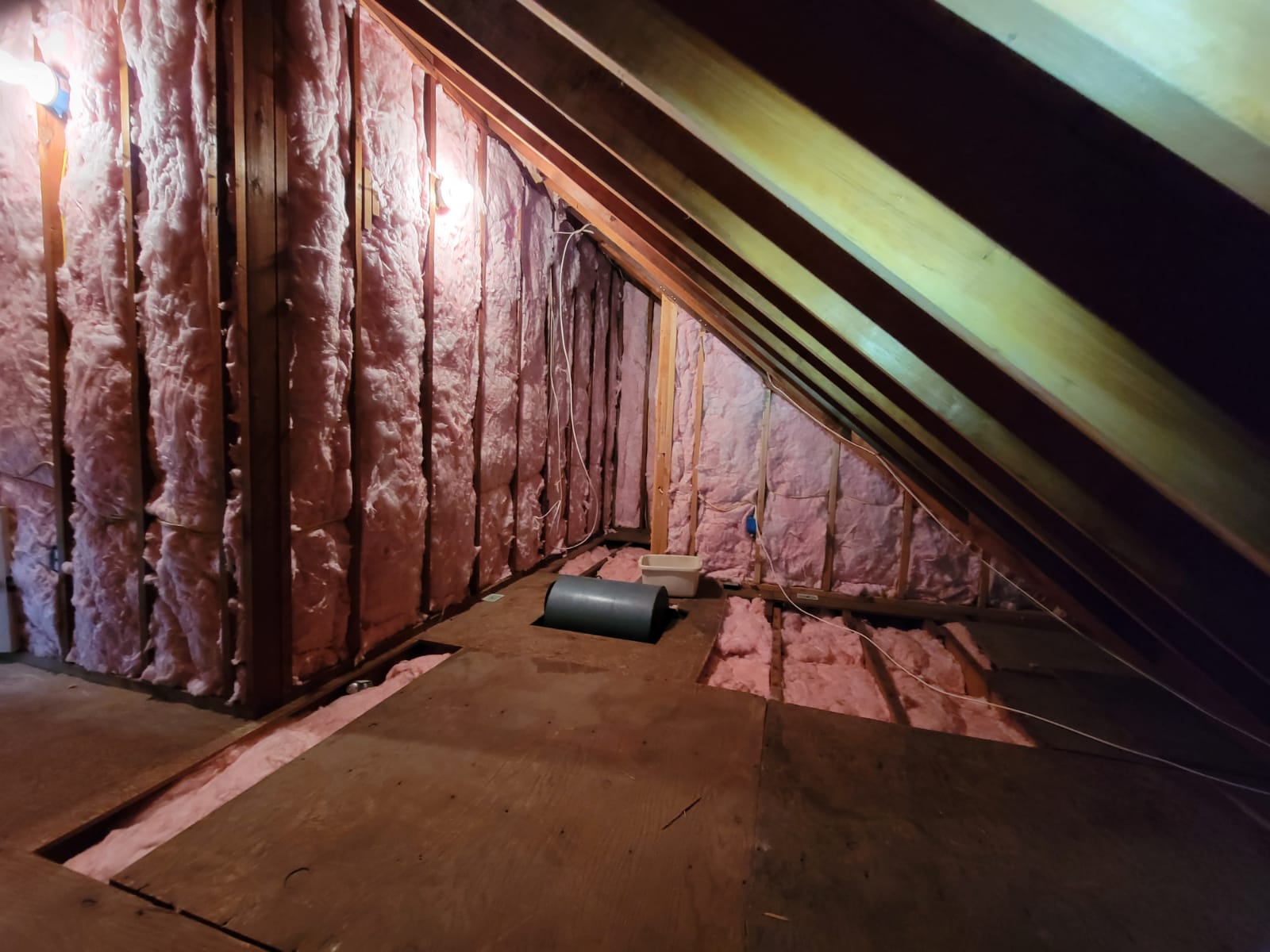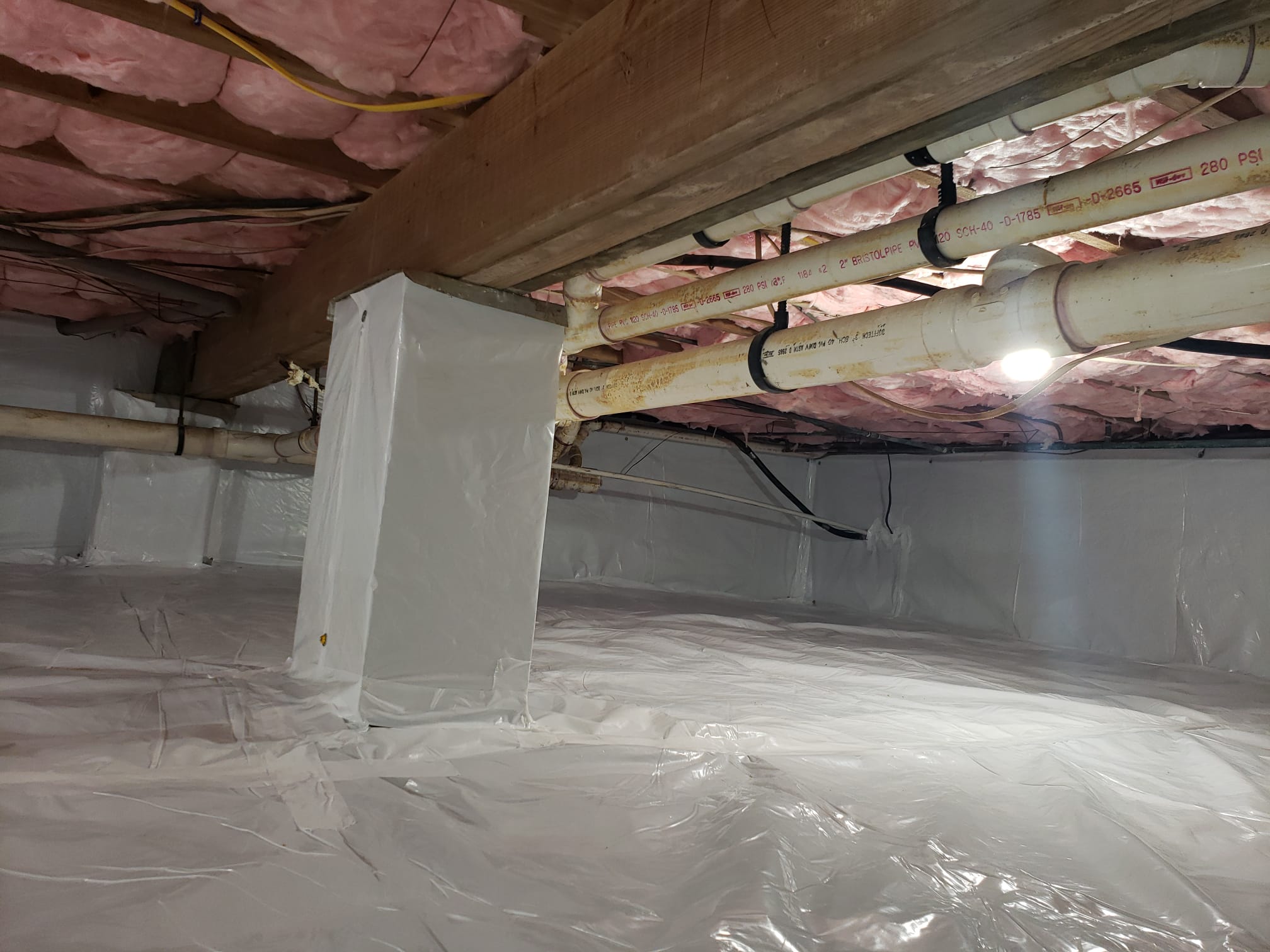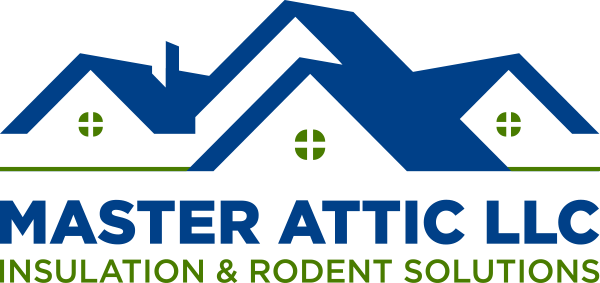
Common Attic Insulation Mistakes and How the Experts Fix Them
Common Attic Insulation Mistakes and How the Experts Fix Them We use our attics for more than storing old furniture items and clothing. Our attics

Master Attic, LLC technicians believe 2023 is the perfect time to talk about that ‘hidden home space,’ usually overlooked by most homeowners, the attic! The most beneficial aspect of attic space is its ability to sustain the proper airflow and house temperature. In a previous blog, why-remove-old-attic-insulation, Master Attic, LLC detailed the removal process of old, worn insulation from the attic.
We hope this blog will show why many New Jersey and Eastern Pennsylvania homeowners call Master Attic, LLC for their attic insulation needs!
2023 will be a year of common sense spending as American consumers continue to struggle with a shrinking dollar value and expected increases in interest rates for borrowing! With that understanding, 2023 is the best time to consider sealing up excess airflow entering the house and excess dollars flowing out of the household budget due to higher utility costs for heating and cooling the home!
According to the EPA (Environmental Protection Agency), homeowners can save an average of 15% on home heating and cooling costs or 11% on total energy costs by sealing up air gaps — usually found around windows and door frames, in the attic ceiling, and wall sheetrock, recessed lighting, attic vents, and in the cracks and crevices of the home foundation, and installing attic insulation. Air sealing and attic insulation in 2023 fit together hand-to-glove to provide direct savings on utility costs and a healthy return on investment (ROI) of home ownership with an energy-efficient home!
Yes, with just a minimum investment of attic insulation in 2023, American homeowners can better grasp those shrinking dollars!
Fiberglass is the most popular insulation material due to its price, moisture resistance, and energy efficiency, and is used in more than 90% of homes in the U.S.A. It usually comes as a blanket insulation, also known as batt and roll, or loose fill blown-in fiberglass. Batt and roll insulation is best for unfinished walls, ceilings, floors, attics, or crawl spaces. Blown-in fiberglass is best for attic spaces and walls.
Cellulose insulation, applied as loose fill or blown in, is composed of recycled newspaper, and while less costly than fiberglass, cellulose is prone to moisture retention, is very dusty, and has half the lifespan of fiberglass. While Master Attic technicians will remove cellulose from attics, we find it an unsuitable material to meet home insulation needs.
Spray foam insulation is a more pricey option than Fiberglass or Cellulose. Spray Foam is ideal for providing both an airtight and watertight seal, is resistant to mold, and provides decades of durability! Spray foam is best for existing finished areas and hard-to-reach areas. Spray foam insulation comes in open-cell and closed-cell varieties, with the closed-cell spray foam having the thickest and highest R-value. However, because spray foam permanently sticks to any surface, it is recommended in conjunction with a new roof installation. If you were to have such issues as water leaks, mold, or termite damage with regard to roofs or floors, you would first need to remove the spray foam insulation.
This type of foam board or panel is composed of polyurethane, polystyrene, or polyisocyanurate and can be used to insulate basement walls, foundation walls, and unfinished walls and ceilings and is best in reducing a home’s energy consumption.
In brief, a higher R-value in your attic insulation provides more effective insulating of the home from those cold north winds that blow in winter and the sun’s hot rays in summer. A high R-value number, however, is only one of many considerations when choosing insulation material. With too much insulation, inadequate insulation, or multiple layers of insulation — problems sustaining a stable home temperature arise. This is the reason why the professionals of Master Attic, LLC are called. We evaluate the attic space, defined by two main types of roof construction: rafter and truss, which can have sixteen or 24-inch wide spaces between the beams. A truss attic generally requires 24-inch insulation. Our technicians also examine the crawl space foundation and the condition and type of the home heating/cooling system (oil, gas, electric). Master Attic, LLC technicians then guide homeowners to the right choice in insulation material and R-value, keeping the following factors in mind:
Climate conditions of the home’s geographic area: For northern states, such as New Jersey and Eastern PA, the recommended R-value for attic insulation should be R-30 to R38 (code); in some rare cases, R-49 is offered.
A first-time installation or adding to existing insulation.
The size of the attic space and whether the attic is finished or unfinished.
The thickness and density of attic insulation material that are needed.
The time is NOW to contact the experts at Master Attic, LLC, and begin ‘saving the green’ and ‘going green’ with an attic insulation project in 2023!

Common Attic Insulation Mistakes and How the Experts Fix Them We use our attics for more than storing old furniture items and clothing. Our attics

Greater energy efficiency and improved home value is the most common reason for homeowners choosing to have attic insulation removed!…

What is Crawl Space Encapsulation? If you have a crawl space under your home, it’s likely been a while since you’ve checked out to see

We strive endlessly to provide a service like no other; quality, safety and comfort is our #1 priority for your family.
Fully Licensed and Insured
NJ # 13VH09509100
PA # 147980
Look out for a confirmation email!
A Master Attic Pro Will Reach Out To You Shortly
